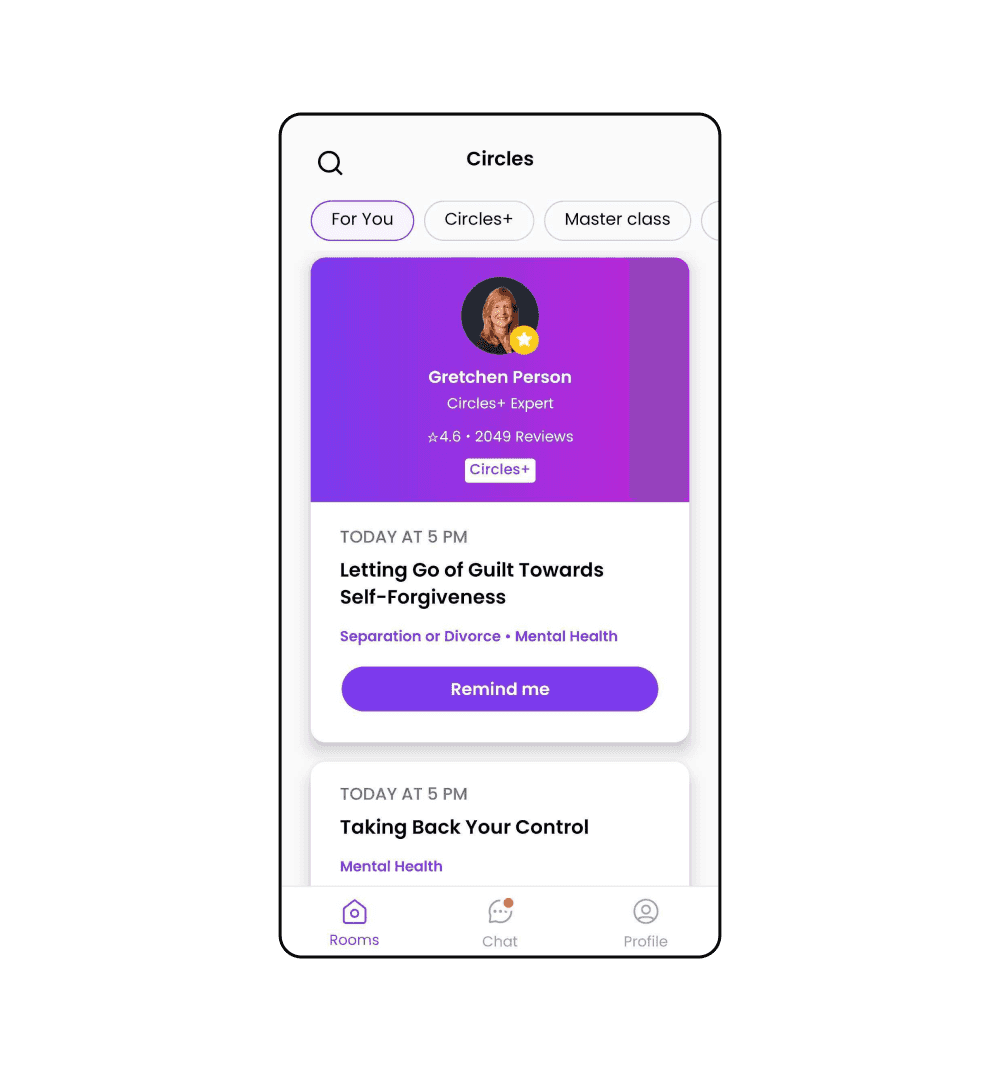technologies: Android, Kotlin, Figma.
problem: unprecise mileage estimation and tracking
Our client, a transportation services provider, wanted to introduce a new process where dispatchers create predefined routes that drivers must strictly follow. This ensures precise mileage tracking, making it easier to accurately settle payments with drivers based on kilometers traveled. To achieve this, the system required seamless integration with a navigation solution that would ensure couriers adhere to the exact routes designed by freight forwarders.
While we had the freedom to choose the right navigation system, the client emphasized one critical requirement: the predefined route must remain unchanged, helping drivers stay on the exact route planned by the dispatcher.
the solution: custom integration with navigation system Sygic
After careful research, the best option seemed to be Sygic navigation because it was the only solution we found at that moment providing the crucial functionality our client required. Sygic allowed routing based on a fully predefined path, with no limits on the number of waypoints and without displaying them on the map during navigation.
Most available popular navigation systems offered navigation based on specific coordinates, but they had limitations. Some displayed coordinates on the map during navigation, while others restricted the number of waypoints (typically around 150), which would be problematic and inaccurate for long-haul routes – such as from Estonia to Portugal.
To enhance usability, Sygic navigation should be embedded directly into our application rather than redirecting users to an external app. While both approaches have pros and cons, we prioritized usability:
- Drivers don’t have to install an additional app, which would have been a major obstacle given their limited time.
- We maintain better control over the navigation experience, whereas relying on an external app would leave us with no influence over its behavior or potential updates.
What’s more, based on the details of a given route, the app would display map download recommendations. Most drivers turn off mobile data when traveling through Switzerland due to high roaming costs, so if a route included Swiss territory, the app would notify the driver before the journey began – prompting them to download the necessary maps in advance and ensuring they were fully prepared for the trip.
challenges: finding the right navigation solution, licensing design
The research phase was definitely a challenge, as the client had very specific requirements.
As part of our research, we held discussions with various navigation providers to assess their capabilities.
Developing this Proof of Concept (POC) also proved to be complex. During the testing phase with Sygic, we submitted numerous requests for adjustments to their SDK to better align with our requirements.
Another key challenge we faced was licensing design. Sygic’s licensing model is based on either a per-device or per-unique-ID approach, so we had to carefully develop an optimal licensing strategy within our Transportation Management System (TMS) to keep costs under control.
We designed the licensing system to be per vehicle, as staff rotation is more frequent than changes to the fleet. When a driver is assigned a specific vehicle for a given time period, they receive a corresponding license. Once their assignment ends and they switch to another vehicle, they are issued a different license.
the results: Proof of Concept ready to add value to client’s system
We have developed a fully functional Proof of Concept, which is currently undergoing testing by the client’s staff, particularly freight forwarders and drivers. The implemented navigation system includes all necessary features to ensure accurate route estimation and maintain proper payment settlement, helping to avoid inconsistencies caused by incorrect routing.















